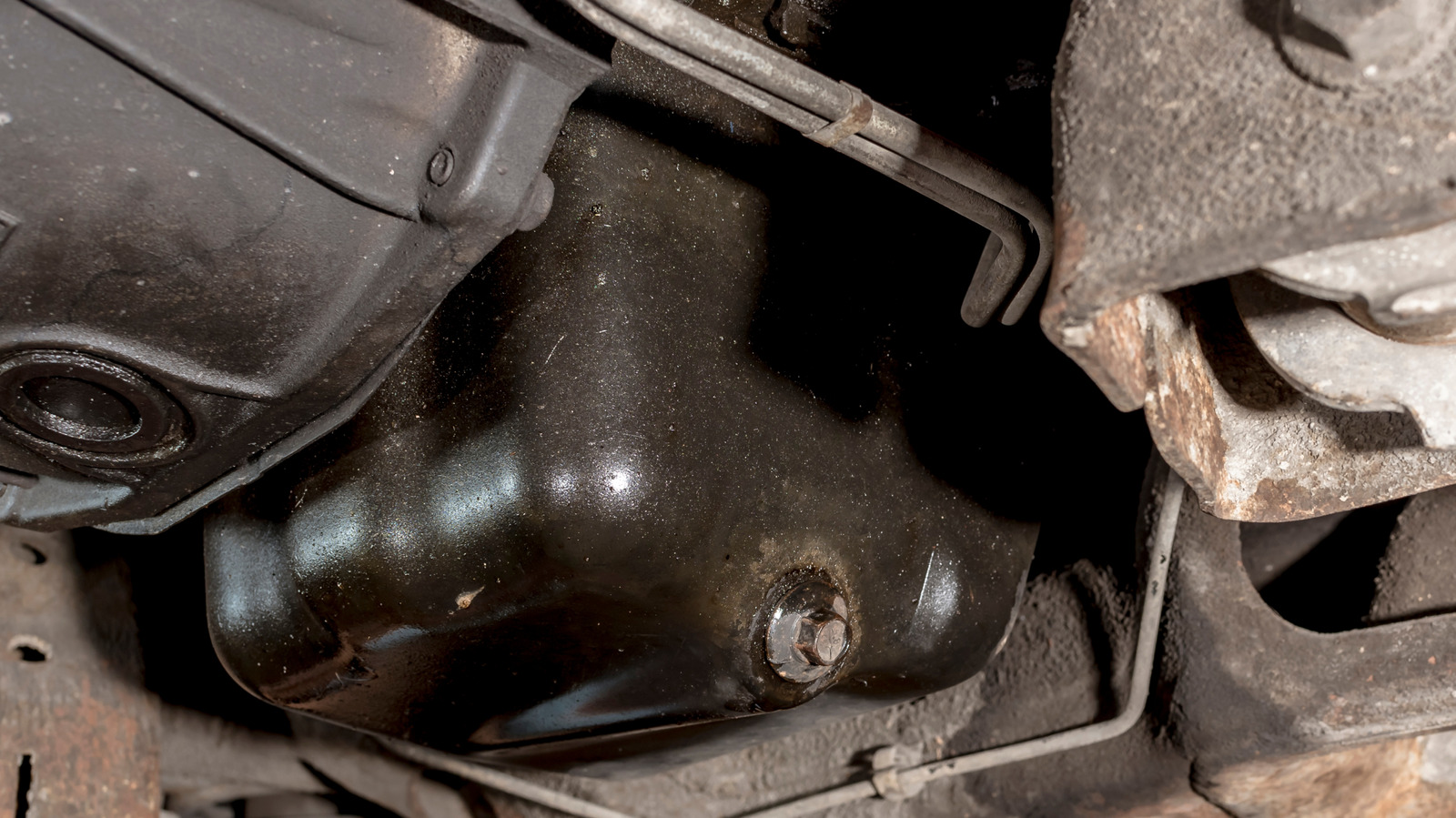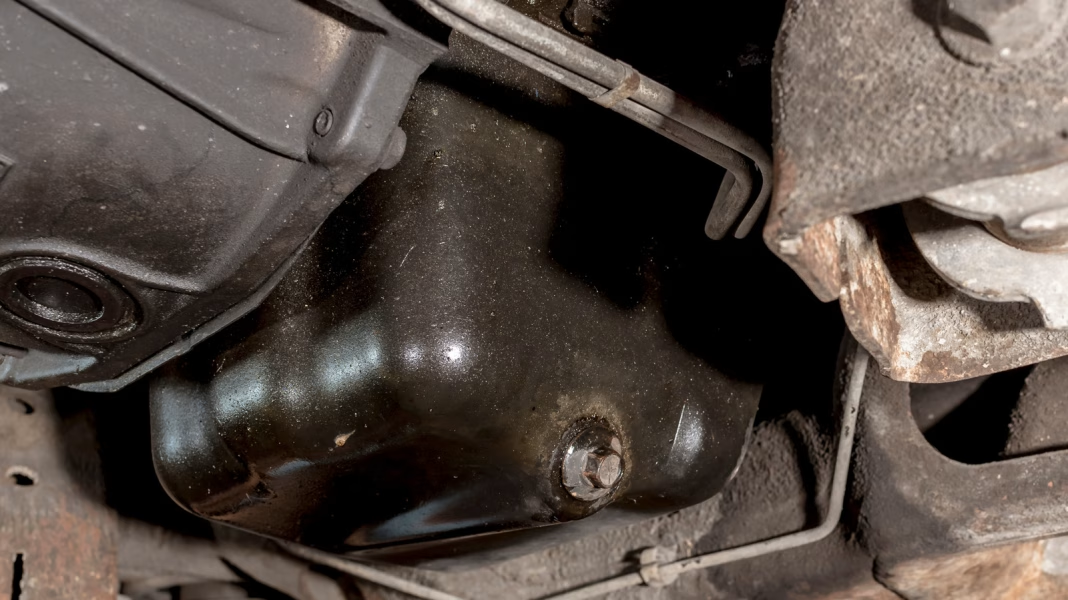Why Does an Oil Drain Plug Get Stripped in the First Place?
If you’ve ever slid under your car, wrench in hand, only to find the oil drain plug spinning uselessly, you’re not alone. Stripped oil drain plugs are a rite of passage for many DIY mechanics. But what actually causes this headache? Most often, it’s over-tightening. Many people assume tighter is better, but the aluminum oil pan threads are surprisingly delicate. Add in the wrong size wrench, a bit of rust, or years of oil changes, and you’ve got a recipe for trouble. According to a survey by the Car Care Council, nearly 30% of DIY oil changers admit to using excessive force on drain plugs at least once. Sometimes, it’s just bad luck—a previous owner or mechanic may have cross-threaded the plug, setting you up for a challenge.
What Are the Signs You’re Dealing With a Stripped Plug?
So, how do you know if your oil drain plug is stripped and not just stubborn? The telltale sign is spinning without loosening. You’ll feel the plug turn, but it won’t back out. Sometimes, you’ll spot metal shavings or see that the plug sits at an odd angle. If you notice oil leaking around the plug after an oil change, that’s another red flag. Don’t ignore these signs—leaving a stripped plug can lead to bigger problems, like oil leaks or even engine damage if the plug pops out while driving.
What Tools and Supplies Will You Need?
Before you start, gather the right tools. You’ll need a socket set, vice grips, a rubber mallet, and possibly a bolt extractor kit. Some folks swear by left-handed drill bits for stubborn plugs. If the threads in your oil pan are damaged, pick up a thread repair kit (like a Helicoil) and a new drain plug. Don’t forget gloves and safety glasses—oil changes are messy enough without metal shavings in your eyes.
How Can You Remove a Stripped Oil Drain Plug Without Causing More Damage?
First, try the simplest solution: grip the plug with vice grips and turn slowly. Sometimes, a bit of extra leverage is all you need. If the plug is rounded off, tap a slightly smaller socket onto it with a mallet—this can give you the bite you need to turn it. Still stuck? A bolt extractor kit is your next best friend. These kits are designed to grip stripped bolts and can often remove even the most stubborn plugs.
If the plug spins but won’t come out, the threads in the oil pan might be stripped. In this case, gently pry while turning, but don’t force it—damaging the oil pan can turn a $10 fix into a $500 headache. If all else fails, a left-handed drill bit can sometimes bite into the plug and spin it out as you drill.
What Should You Do If the Oil Pan Threads Are Damaged?
Once the plug is out, inspect the oil pan threads. If they’re chewed up, you’ll need to repair them before installing a new plug. A thread repair kit, like a Helicoil, can restore the threads to factory condition. It’s a straightforward process: drill out the damaged threads, tap new ones, and insert the coil. This repair is stronger than you might think—many professional mechanics use Helicoils as a permanent fix.
Is It Safe to Drive With a Stripped Oil Drain Plug?
Short answer: not really. A stripped plug can leak oil, and low oil levels are a fast track to engine trouble. Even a slow leak can leave you stranded or facing a costly repair. If you’re in a bind, there are temporary oversized plugs that can buy you time, but treat them as a stopgap, not a solution.
How Can You Prevent This Problem Next Time?
The best fix is prevention. Always use a torque wrench to tighten your oil drain plug to the manufacturer’s specs—usually 20-30 ft-lbs for most cars. Replace the crush washer each time. If you notice resistance when threading the plug, stop and check for cross-threading. And if you’re ever unsure, don’t be afraid to ask for help. Even seasoned mechanics double-check their work.
What Do the Experts Say About DIY Oil Changes and Stripped Plugs?
Automotive experts agree: DIY oil changes are a great way to save money and get to know your vehicle, but they come with responsibility. According to the National Institute for Automotive Service Excellence (ASE), improper oil plug installation is one of the most common mistakes made by home mechanics. Their advice? Take your time, use the right tools, and never force a plug that doesn’t want to go.
The big takeaway? Fixing a stripped oil drain plug isn’t about perfection—it’s about smarter adjustments. Start with one change this week, and you’ll likely spot the difference by month’s end.


